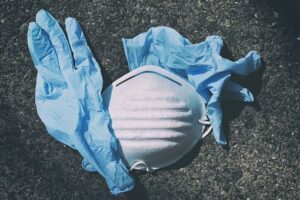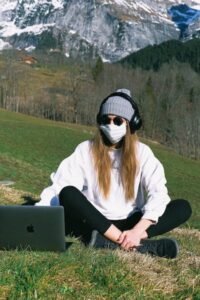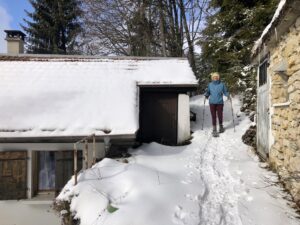 If you can walk, you can snowshoe. Sure! Snowshoeing in the Swiss Mountains makes me feel like Donald Duck waddling on the side of an iceberg in webbed feet.
If you can walk, you can snowshoe. Sure! Snowshoeing in the Swiss Mountains makes me feel like Donald Duck waddling on the side of an iceberg in webbed feet.
Forget CrossFit, yoga, and aerobics. The ultimate work out is snowshoeing. Each step forward feels like lifting a ton.
 Though snowshoeing was invented in 6000BC, it was a brand new sport for me. In the old days, people made their own snowshoes - wooden-framed, rawhide-latticed wooden rackets with leather straps. I thought snowshoeing would be as simple as strapping a tennis racket to your shoe and heading out the door.
Though snowshoeing was invented in 6000BC, it was a brand new sport for me. In the old days, people made their own snowshoes - wooden-framed, rawhide-latticed wooden rackets with leather straps. I thought snowshoeing would be as simple as strapping a tennis racket to your shoe and heading out the door.
But today one needs a master’s degree to decipher how to affix the tubular aluminum-framed, neoprene-decked, state-of-the-art snowshoe to one’s foot. The “shoes,” designed for maximize efficiency, take me half a day to strap on. To prepare for my little snow “walk,” I balance on one leg while struggling to manipulate my other foot into the contraption.
Modern snowshoes have two styles of binding: fixed-rotation or"limited-rotation" and full-rotation or "pivot" bindings. In fixed-rotation, the bindings attach to the snowshoe with an elastic strap, bringing the tail of the snowshoe up with each step. In theory, the snowshoe moves with the foot and the tail does not drag, until you want to change direction.
Unlike Nike’s Air Jordans, Adidas’ The Kobe, and New Balance’s Coco Gauff CG1 tennis shoes, contemporary footwear has been designed to permit one to turn on a dime accommodating the mind-blowing moves of acrobatic athletes playing modern day ball games.
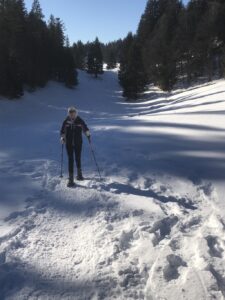 Alas, the snowshoe allows only one directional forward movement. To turn right or left or at a 180 degree angle requires the dexterity of an elite gymnast.
Alas, the snowshoe allows only one directional forward movement. To turn right or left or at a 180 degree angle requires the dexterity of an elite gymnast.
With my feet locked in waffle irons, turning becomes preposterous.
My body jerks one direction, while my feet remained locked in place. Even with the aid of trekking poles to help with balance, am I the only one who wiped out snowshoeing?
Walking skills may easily transfer to straightforward snowshoe travel, but this doesn’t apply when turning around. To change direction, I need enough space to walk in a semicircle. On a steep slope or in the close quarters of a forest, this is inconceivable!
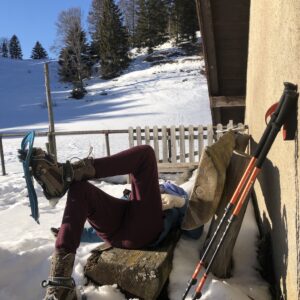 My ever patient hubby, an avid skier, encourages me to execute a "kick turn" similar to the one employed on skis.
My ever patient hubby, an avid skier, encourages me to execute a "kick turn" similar to the one employed on skis.
“Lift one foot high enough to keep the snowshoe in the air while planting the other,” he explains, “ then put your foot at a right angle to the other, stick it in the snow and quickly repeat the action with the other foot.”
Et voila!
With one foot pointing north and the other aimed south, my legs tangle, pitch me off balance and sling me into a snowbank.
I renamed the maneuver - “ze face plant”
After trudging along for hours, my legs shake and my back throbs. My arms tremble from clinging to toothpicks that are supposed to prevent me from toppling down the mountainside.
Fortunately in Switzerland, the view at the summit makes every painful step worthwhile.
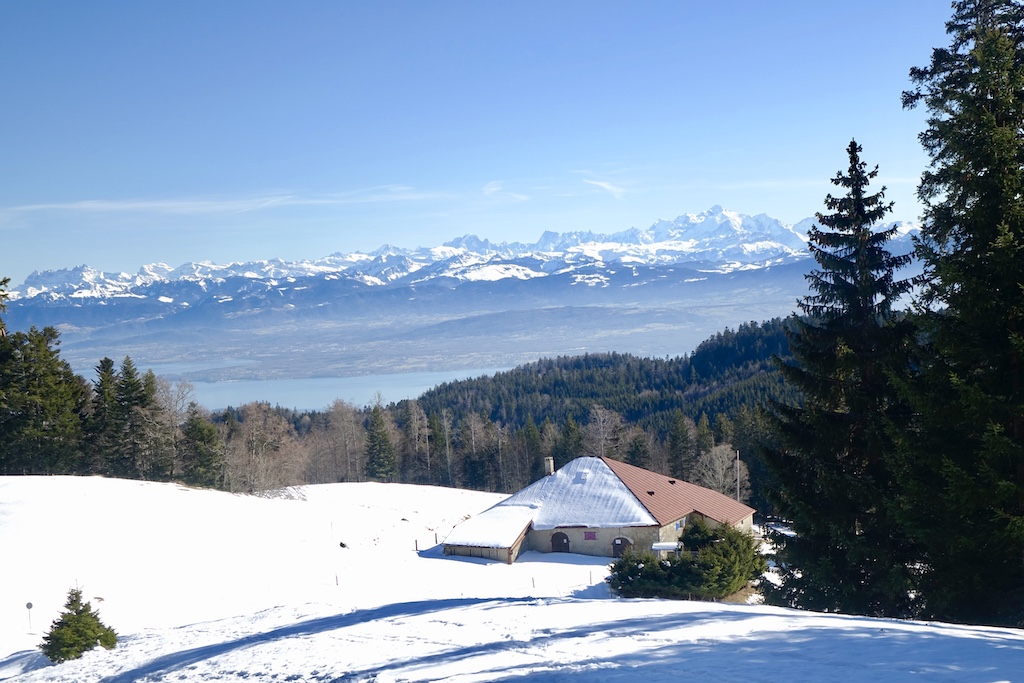
I can’t wait to give it another go.
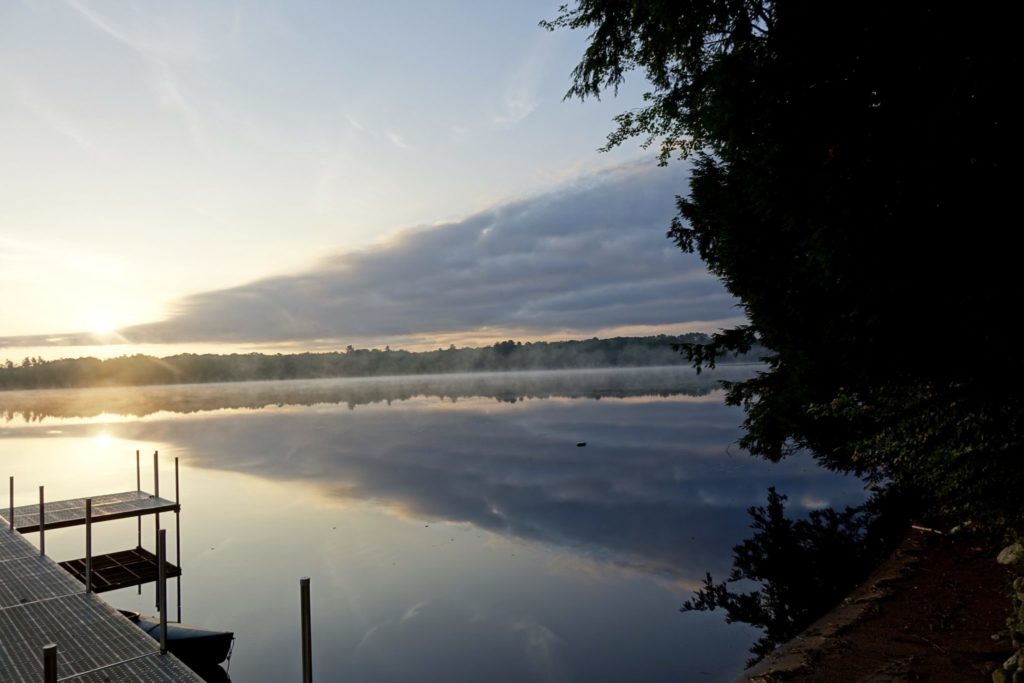
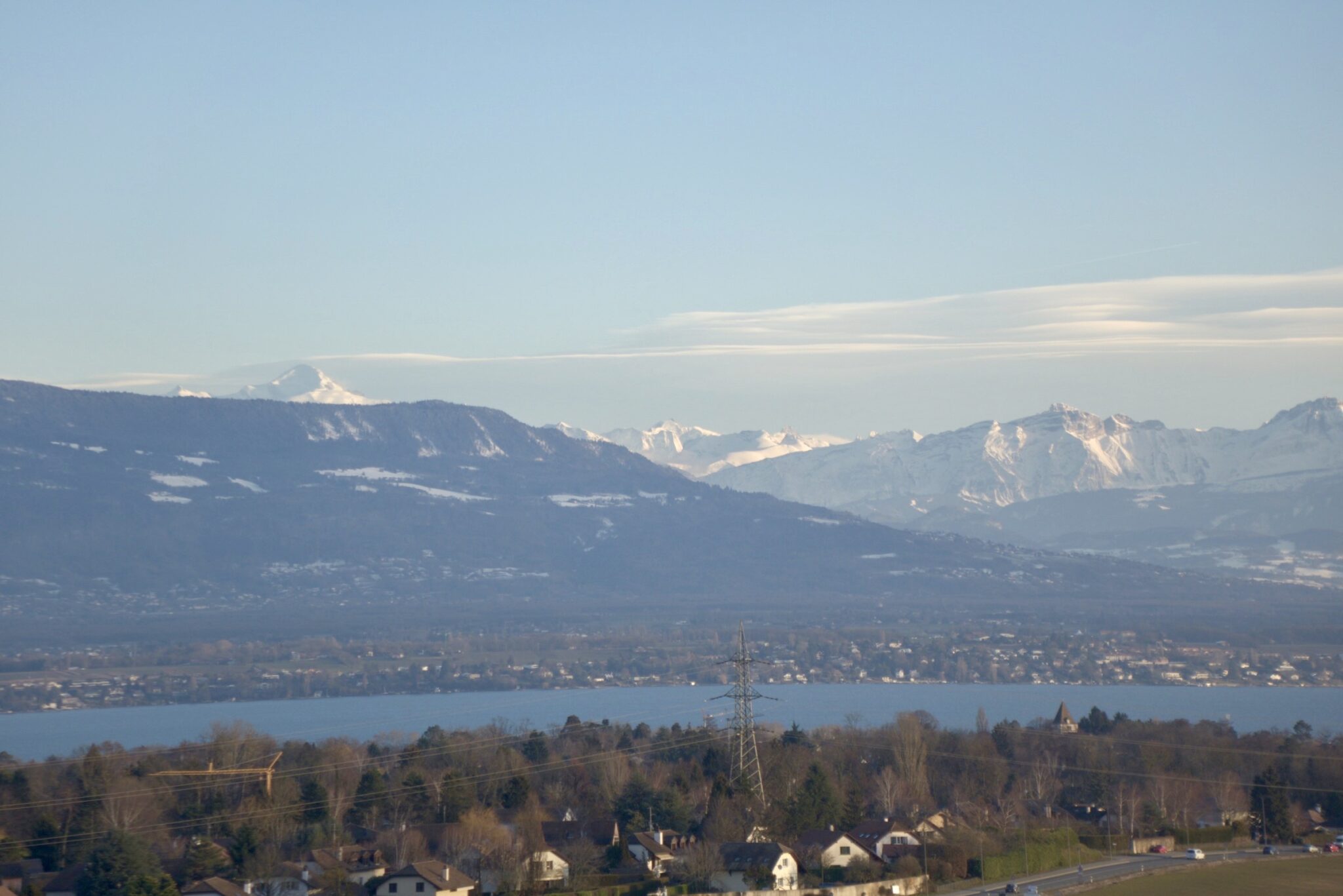
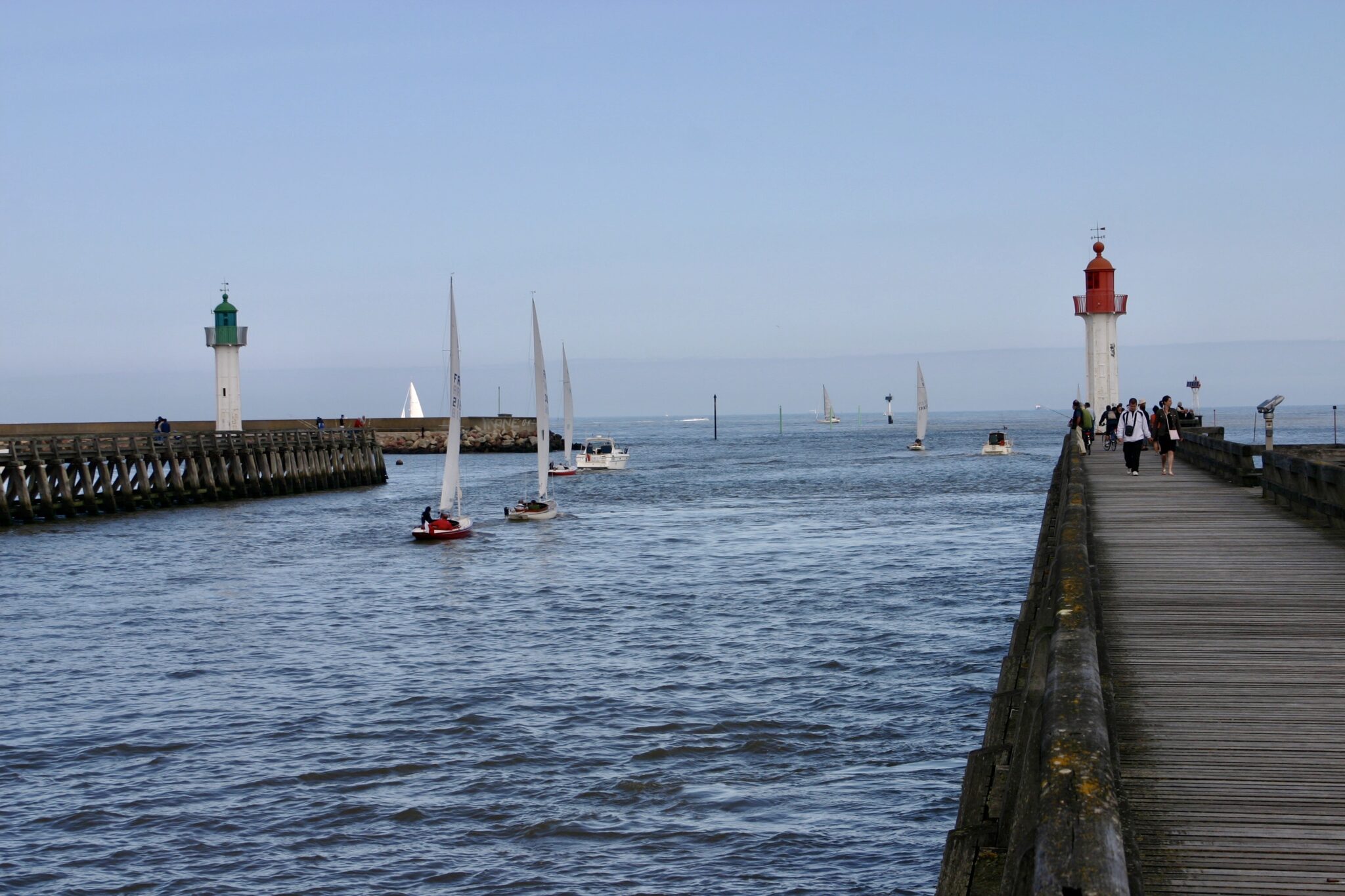
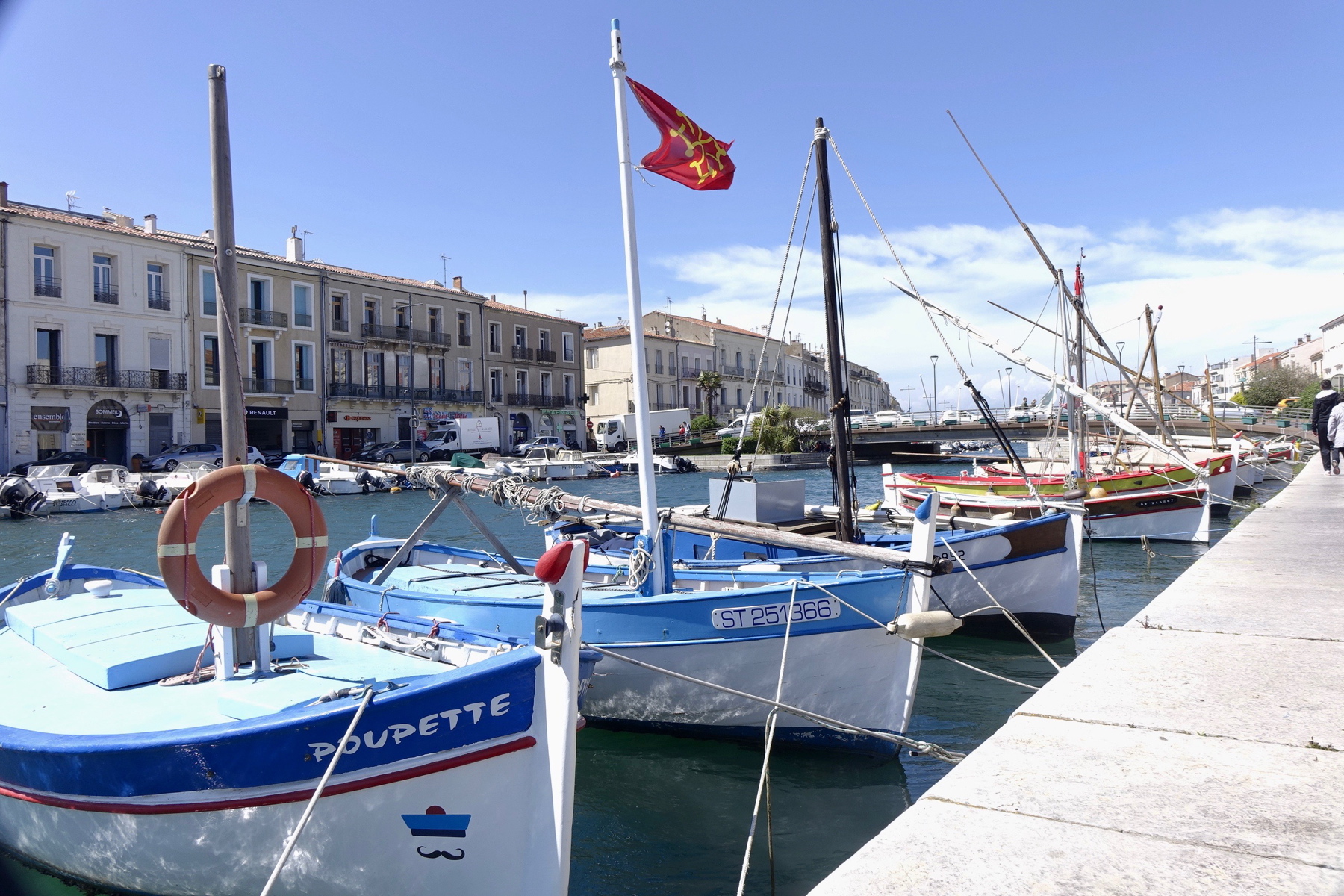
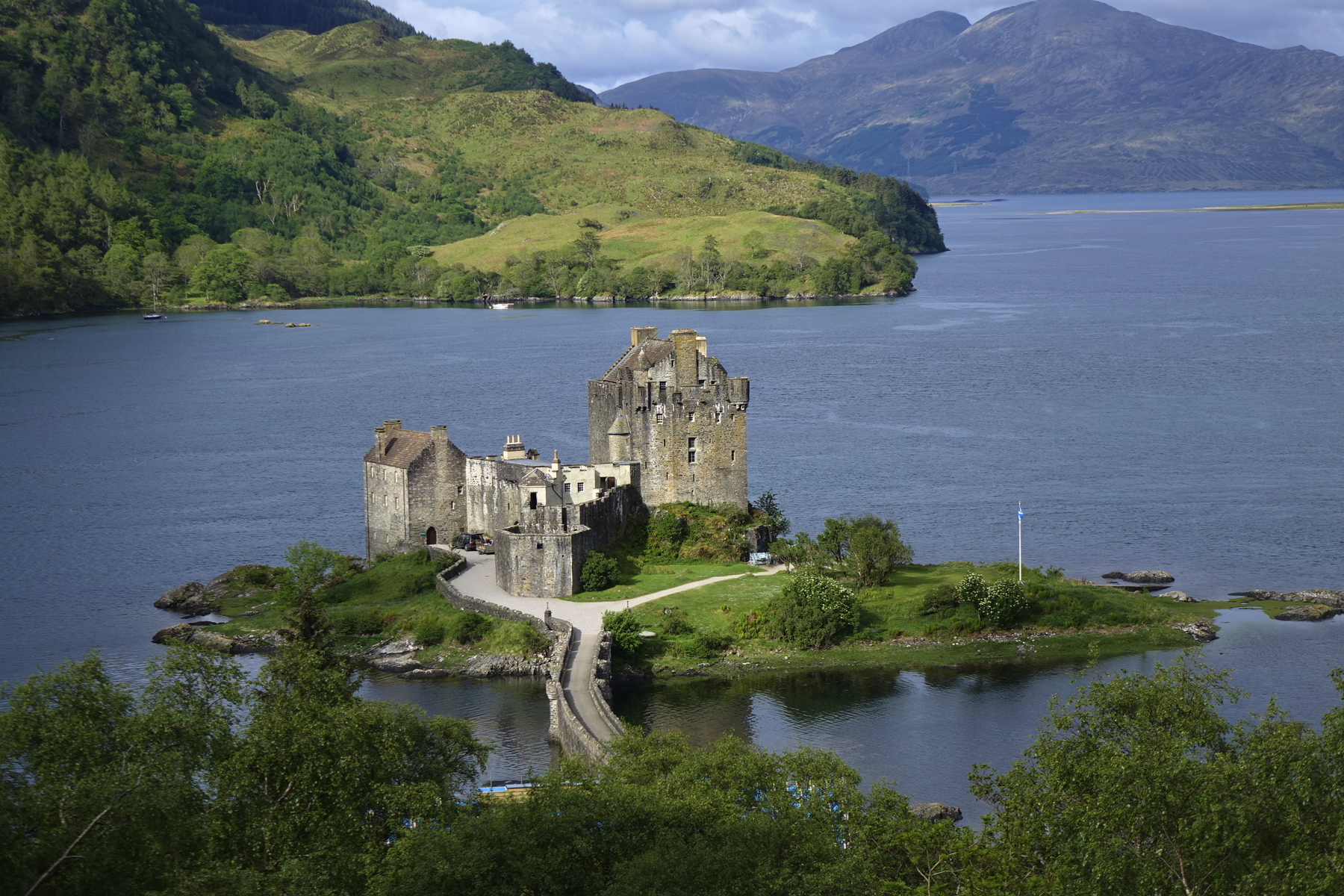
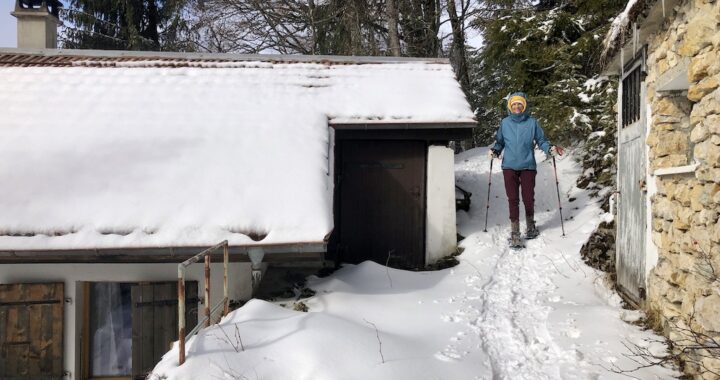
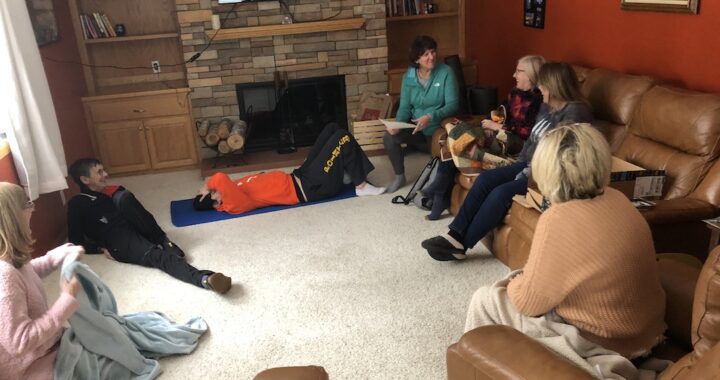
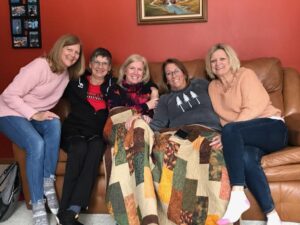 Girlfriends get us through tough times, celebrate our victories and always got our back.
Girlfriends get us through tough times, celebrate our victories and always got our back.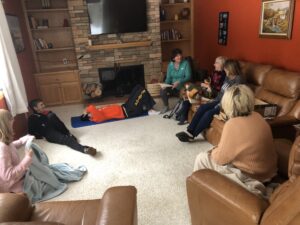 bunkmates’ early alarm clock with the darn dozer button. It never felt like a sacrifice until the basement flooded.
bunkmates’ early alarm clock with the darn dozer button. It never felt like a sacrifice until the basement flooded. harrowing miscarriage at an isolated cabin in the woods. When our children were still young enough to drag around, we gathered for “family reunions” on my stateside visits.
harrowing miscarriage at an isolated cabin in the woods. When our children were still young enough to drag around, we gathered for “family reunions” on my stateside visits.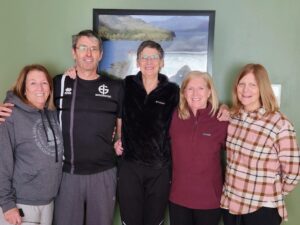 bourguignon", and "mousse au chocolat". Over champagne, we toasted to ISU, to friendship, to resiliency. We survived thyroid cancer, breast cancer, brain surgery, a car wreck and other calamities.
bourguignon", and "mousse au chocolat". Over champagne, we toasted to ISU, to friendship, to resiliency. We survived thyroid cancer, breast cancer, brain surgery, a car wreck and other calamities.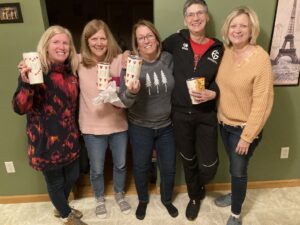 We treasured memories of that special time as college students when we starred in our own life stories savoring lazy weekends, crazy keggers and Florida spring break.
We treasured memories of that special time as college students when we starred in our own life stories savoring lazy weekends, crazy keggers and Florida spring break.
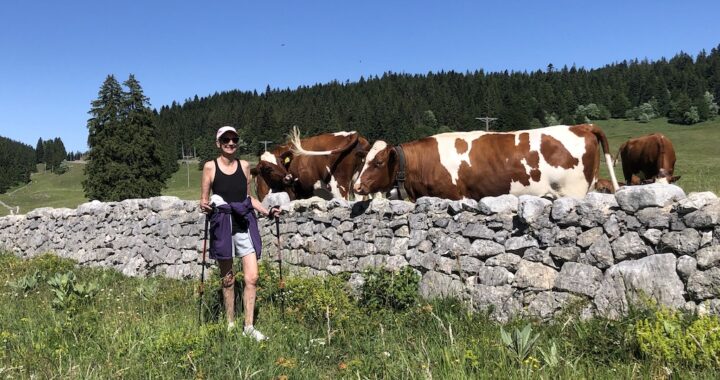
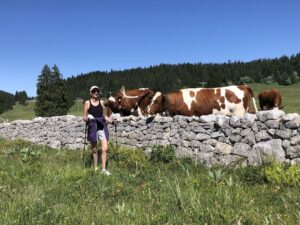 How do I survive autumn stuck in an unheated, mountain chalet the size of a doll house? I scoot out the door and head for the meadows to hang with the cows.
How do I survive autumn stuck in an unheated, mountain chalet the size of a doll house? I scoot out the door and head for the meadows to hang with the cows.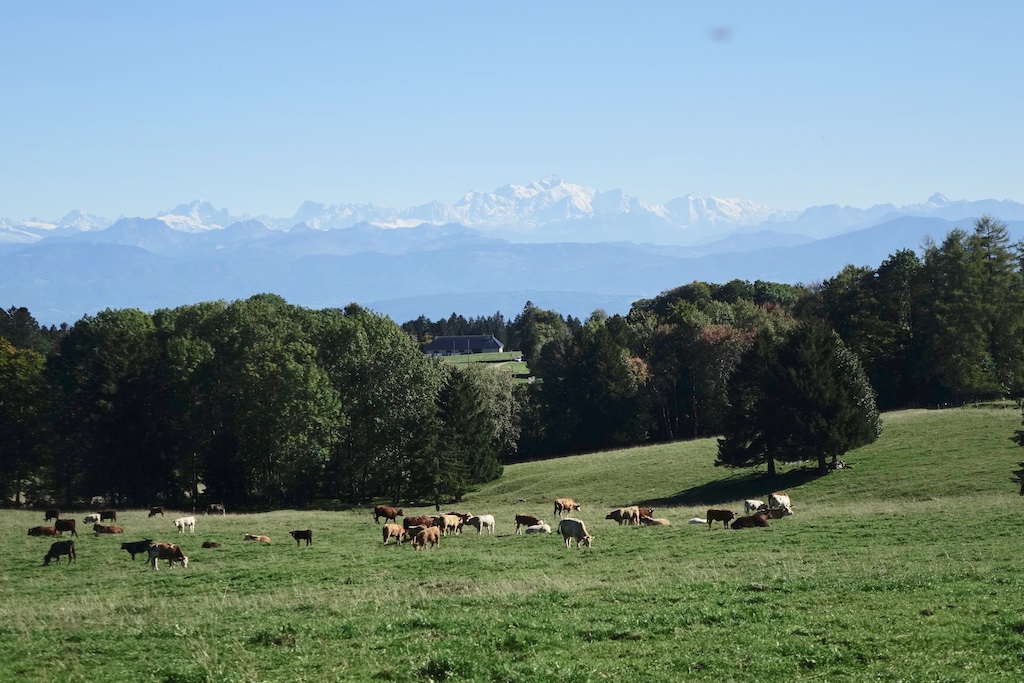 Cows make good neighbors. While their giant cowbells jangle with a comforting ring, they graze in mountain pastures creating that postcard alpine landscape that is so much a part of Swiss heritage.
Cows make good neighbors. While their giant cowbells jangle with a comforting ring, they graze in mountain pastures creating that postcard alpine landscape that is so much a part of Swiss heritage.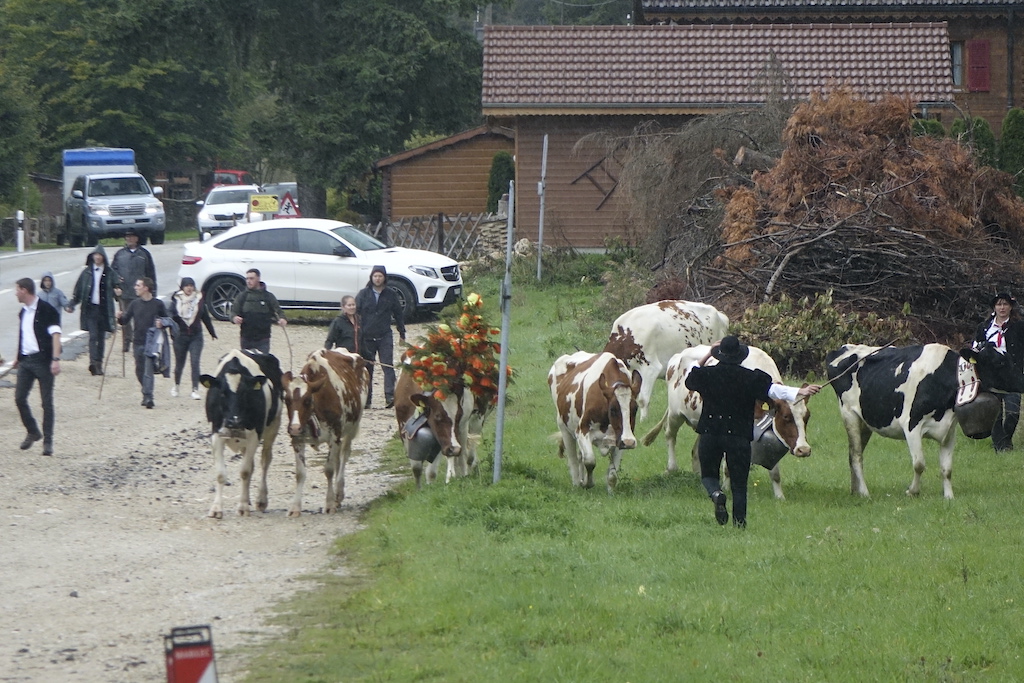
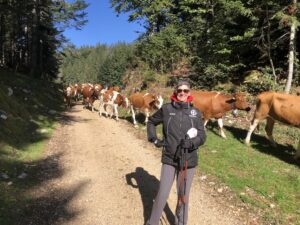
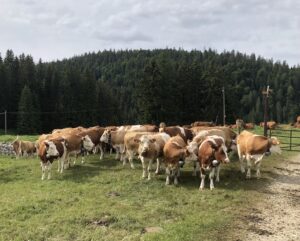 years, we have never had one incident or complaint, but you never know for sure.”
years, we have never had one incident or complaint, but you never know for sure.”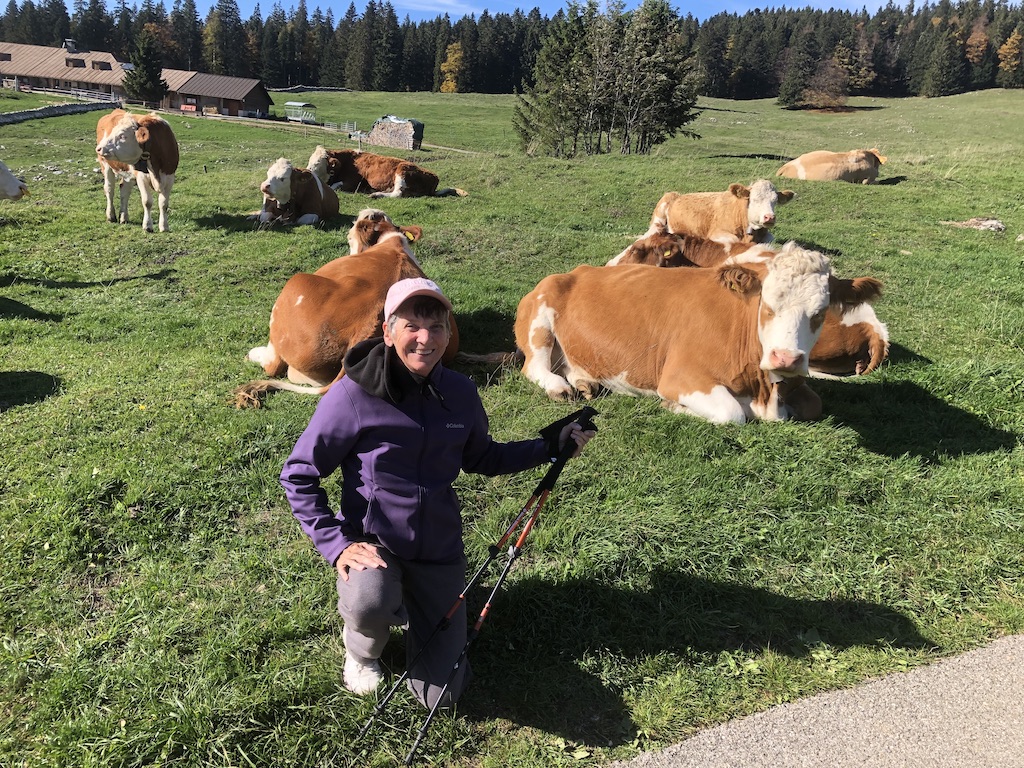

 What could go wrong? A home that builders promised to finish last April that I called, “our plot” remains like it sounds - a hole in the ground (well in our case a chunk carved out of a mountainside).
What could go wrong? A home that builders promised to finish last April that I called, “our plot” remains like it sounds - a hole in the ground (well in our case a chunk carved out of a mountainside). “You’re in trouble!” my Serbian friend laughed and explained, “They work on Serbian time, everything will always be late.”
“You’re in trouble!” my Serbian friend laughed and explained, “They work on Serbian time, everything will always be late.” The results: one building has siding and a roof, but no interior finishing, another building has a foundation, ground floor walls, and a third of the siding on the second floor, and our building remains a cement foundation.
The results: one building has siding and a roof, but no interior finishing, another building has a foundation, ground floor walls, and a third of the siding on the second floor, and our building remains a cement foundation. Right now, no ones lives in their “dream house” except a local gang of druggies, who discovered that the site is a great place to hang out and get high.
Right now, no ones lives in their “dream house” except a local gang of druggies, who discovered that the site is a great place to hang out and get high.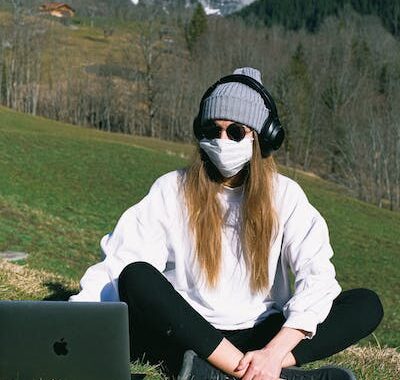
 Every action from brushing my teeth, to getting dressed, to sitting at the table wears me out. I have muscle aches, headaches, air hunger, tightness in the chest, and shortness of breath. I force myself to walk everyday gasping for air at every incline as though I have run up the mountain.
Every action from brushing my teeth, to getting dressed, to sitting at the table wears me out. I have muscle aches, headaches, air hunger, tightness in the chest, and shortness of breath. I force myself to walk everyday gasping for air at every incline as though I have run up the mountain. health specialist, who dedicated his career to focusing on global health security. An internationally known global health leader, Jonathan (“Jono”) D. Quick, MD, MPH wrote in 2018 The End of Epidemics:
health specialist, who dedicated his career to focusing on global health security. An internationally known global health leader, Jonathan (“Jono”) D. Quick, MD, MPH wrote in 2018 The End of Epidemics: 